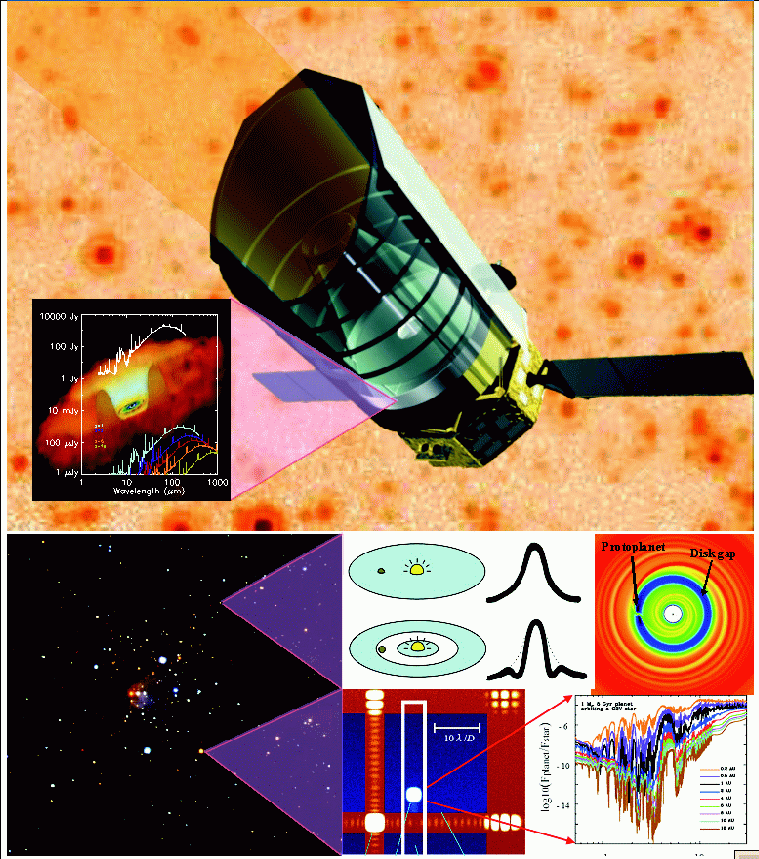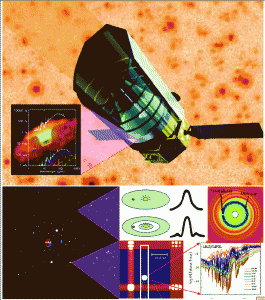
In one of the most eagerly awaited decisions on the future of European Space Astronomy, the green light has been given for the development of a major space astronomy mission involving UCLan. The next generation infrared space observatory SPICA, co-proposed by a team of European and Japanese scientists including Dr. Cristina C. Popescu of the Centre for Astrophysics (CFA), has been accepted by the European Space Agency (ESA) for inclusion within the agency’s “Cosmic Visions” program of space science missions to be flown in the 2015-2025 period. Of over 100 candidate missions, SPICA (standing for Space Infrared telescope for Cosmology and Astrophysics) was one of just five to be selected for funding. The acceptance of SPICA consequently represents a major breakthrough for the participating institutes, including UCLan’s CFA.
UCLan will help develop one of SPICA’s three focal plane instruments, the so-called “European Spica Instrument” (ESI). Dr. Popescu will perform simulations of the expected infrared signature of galaxies throughout cosmic time to constrain both the science program and the instrument design. “ESI will provide sensitivities up to a factor 100 better than any other operating or planned facility in this wavelength range and is expected to revolutionise knowledge of the physics of planet formation and the formation and evolution of the galaxies”, says Dr. Popescu. The state of the art simulations will be performed within the newly created theoretical and computational astrophysics group led by Prof. Brad Gibson: “This is exactly the type of applications we had envisaged and we are looking forward to combine our expertise with those of Cristina who is undoubtedly one of the leading experts in the interpretation of infrared emission from galaxies.”
The planned launch date of SPICA is 2017. Allowing for a 5 year operational lifetime the total estimated cost is 419 Million Euros, to be covered by the European and Japanese Space Agencies and by national funding agencies. The funding of ESI, whose estimated cost is 81 Million Euros, will be primarily through European National Funding Agencies.
Prof. Gordon Bromage, head of the Centre for Astrophysics thinks that “SPICA represents a unique opportunity for the university to attain a leading international role in observational infrared astronomy in the coming decade.”

